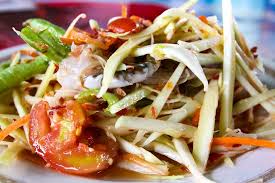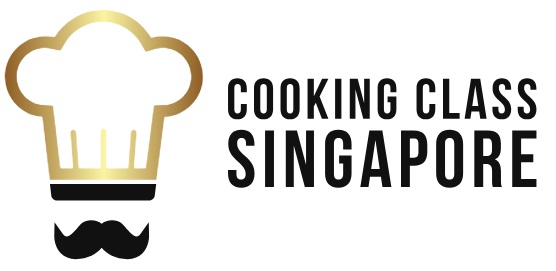
What’s So Special About Thai Food / Cuisine?
The Special Facts About Thai Food
Thailand places a huge importance on food and eating, as a common greeting in Thai is “Gin Khao Yung” which translates to “Have you eaten yet?”.
It is because of this emphasis on the meal that has allowed for a tradition of outstanding culinary flair and passion for Thai food.
Thai food is so popular that you can usually find a place which serves Tom Yum Goong or pad Thai in almost any country.
In Thailand, it is considered bad luck to eat alone and it is because of this, it is common for Thai people who are dining out with friends to order just as many different dishes as there are people at the table.
This doesn’t mean that you only eat what you chose, the Thai tradition is that everyone shares each dish at the table.
The Five Main Ingredients of Thai Food Preparation
A ‘complete’ Thai meal needs to include five different and distinct flavours;
- Spicy
- Sour
- Salty
- Bitter
- Sweet
While dining at a Thai restaurant, if you notice that your meals don’t cover the main five flavours, you should go elsewhere next time as you are probably not eating proper Thai food.
Thailand’s unique taste comes from a number of different elements, the main one being its location.
Thailand was in the middle of the east/west maritime trading routes so that’s why there are Arabian and Persian influences present in Thai cuisine.
Diversity And History
Apart from the obvious chemise influence, foreign trade was also responsible for how Thai food evolved.
During the seventeenth century, the Portuguese presented sweets to King Narai.
Curry was brought into Thailand by Buddhist monks from India.
At the turn of the eighteenth century, Muslim cuisine and Indian curry were brought to a feast to honour King Rama.
You can still find Yellow Curry and Masaman Curry today.
Four Main Styles In Thai Cuisine
Thailand is a very large country with different terrains which has had some influence on the differences in cuisine types across the country.
There are 4 different cooking styles in Thailand.
Northern
The cooking in north Thailand is a little milder than in other regions.
Small balls of sticky rice are usually on the menu.
Central
The meals in the central region are a lot more elaborate because this region was influenced by the royal family.
They preferred jasmine rice for its fragrance as opposed to sticky rice.
The meals are more of an art form and are often complex and beautiful.
North-Eastern
Near the Laos border, the food is heavily spiced and the rice is very sticky.
Traditionally the meat used in these dishes was fish and shrimp as other meats were scarce.
Southern
Most of us are familiar with food from the southern region of Thailand because it is the most popular tourist destination in the country.
Dishes rely on coconut milk for frying and there is a heavy use of seafood in almost all dishes.
Coconut flesh and cashews are used a lot in appetizers due to the plantations in the south.
We hope that you have enjoyed this short blog about Thai Food and if you love Thai food and are interested learn how to make some delicious
Thai dishes in the comfort of your own home, either for yourself or your family, why not attend one of the best Thai Cuisine Cooking Classes in town?
Creating a delicious meal from scratch is not just a fun activity but is also an intellectual way to get the best food and nutrients into your body with the right knowledge of food preparation and cooking techniques.
Cooking Class Singapore offers Thai Cuisine Cooking Classes plus a wide range of other Hands-on Cooking Classes at your fingertips.
Have a fun and great week!
